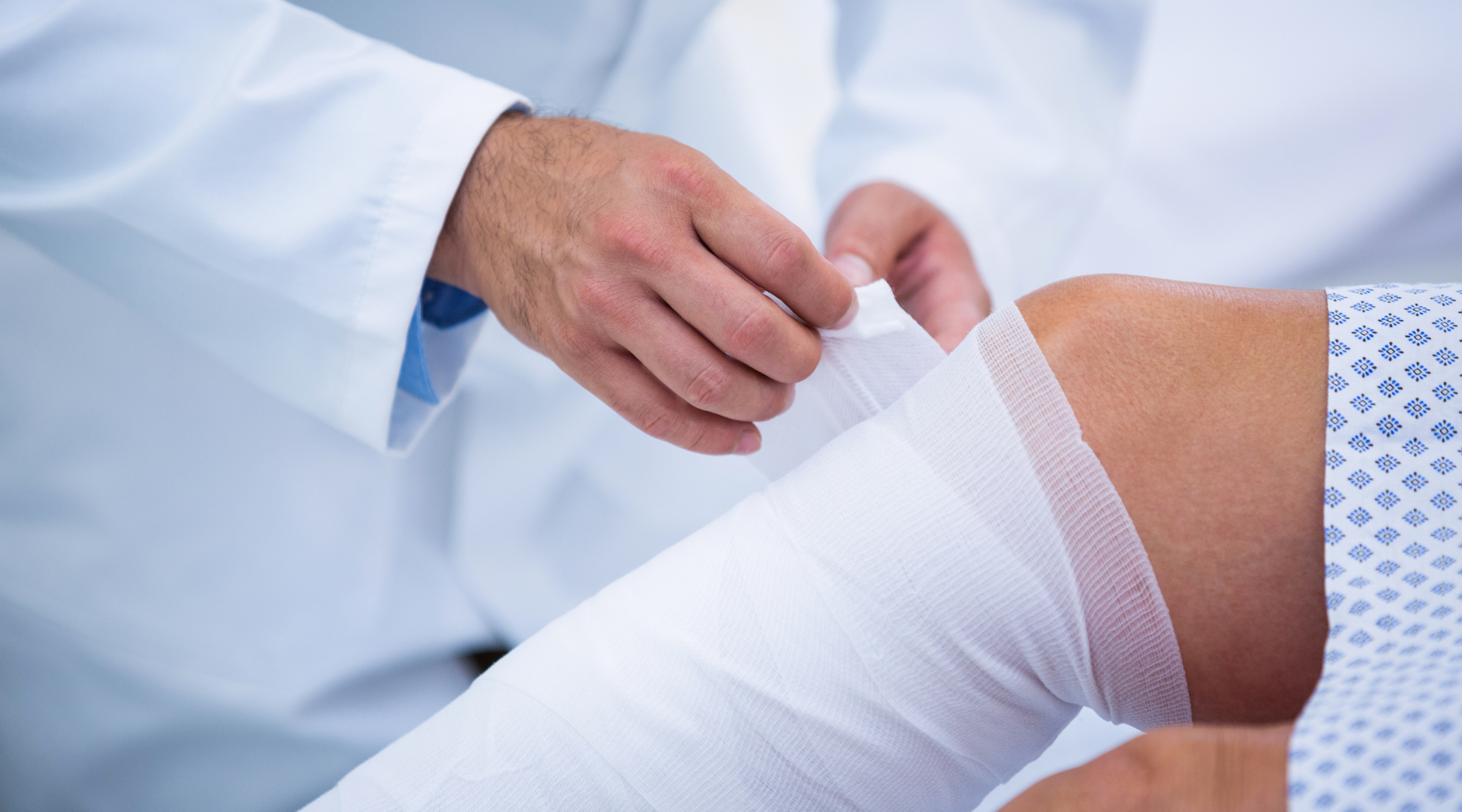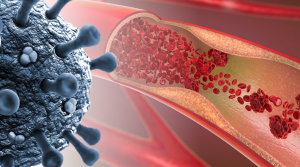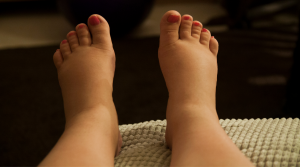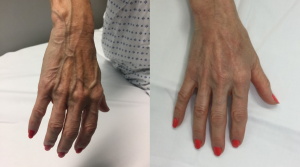Leg ulcers can be very painful and unpleasant. Obtaining a cure depends on diagnosing the underlying cause.
What are Leg Ulcers?
Leg ulcers are wounds which most commonly occur around the ankles. They sometimes are the result of injuries which fail to heal, and other times appear spontaneously. They can be extremely painful and unpleasant.
The commonest causes of leg ulcers are:
- Faulty veins including varicose veins or deep vein thrombosis;
- Blocked or narrowed arteries (usually due to hardening of the arteries);
- Peripheral neuropathy (faulty nerves) most commonly seen in diabetes.
Problem veins account for 90% of leg ulcers.
There are other less common causes, but most leg ulcers are due to one or a combination of these three problems. “Mixed” ulcers (i.e., due to more than one factor) are more difficult to cure and are more likely to recur.
If an ulcer is very painful, especially if the pain is worse at night and relieved by hanging the leg down, it is likely there is an underlying arterial problem limiting the flow of blood into the leg. By contrast, legs with chronic venous insufficiency often feel more comfortable elevated up on a stool or in bed.
Treatment of a leg ulcer requires more than dressings, but also correction of the underlying cause. Clinical assessment by a vascular surgeon is required to confirm the underlying cause of a leg ulcer. Duplex scanning of the arteries and veins in the affected limb is a painless and accurate way of establishing whether there is a disorder of the circulation underlying the ulcer.
What part of the body does it affect?
Leg ulcers can occur anywhere on the legs but are typically found on the lower leg and ankle.
What are the symptoms?
Leg ulcers are most commonly due to varicose veins. In some cases, they result from previous deep vein thrombosis. Venous ulcers usually improve rapidly with compression bandaging treatment. This is applied by a specialist nurse and improves the blood flow through the tissues to promote healing of the ulcer.
What are the treatment options?
Treatment options depend on the cause of your leg ulcers.
If the ulcers are the result of varicose veins, the veins can be treated quickly and effectively using local anaesthetic keyhole methods. The quicker the underlying vein problem is corrected, the quicker the ulcer will heal and the less likely it is to come back.
Is the condition preventable? If so, how?
The best way to avoid venous ulcers is to get varicose veins treated before they cause skin problems (including itching, pigmentation, and eczema).
What should I do next?
If you think you may have developed a leg ulcer, please contact us so we can help.










